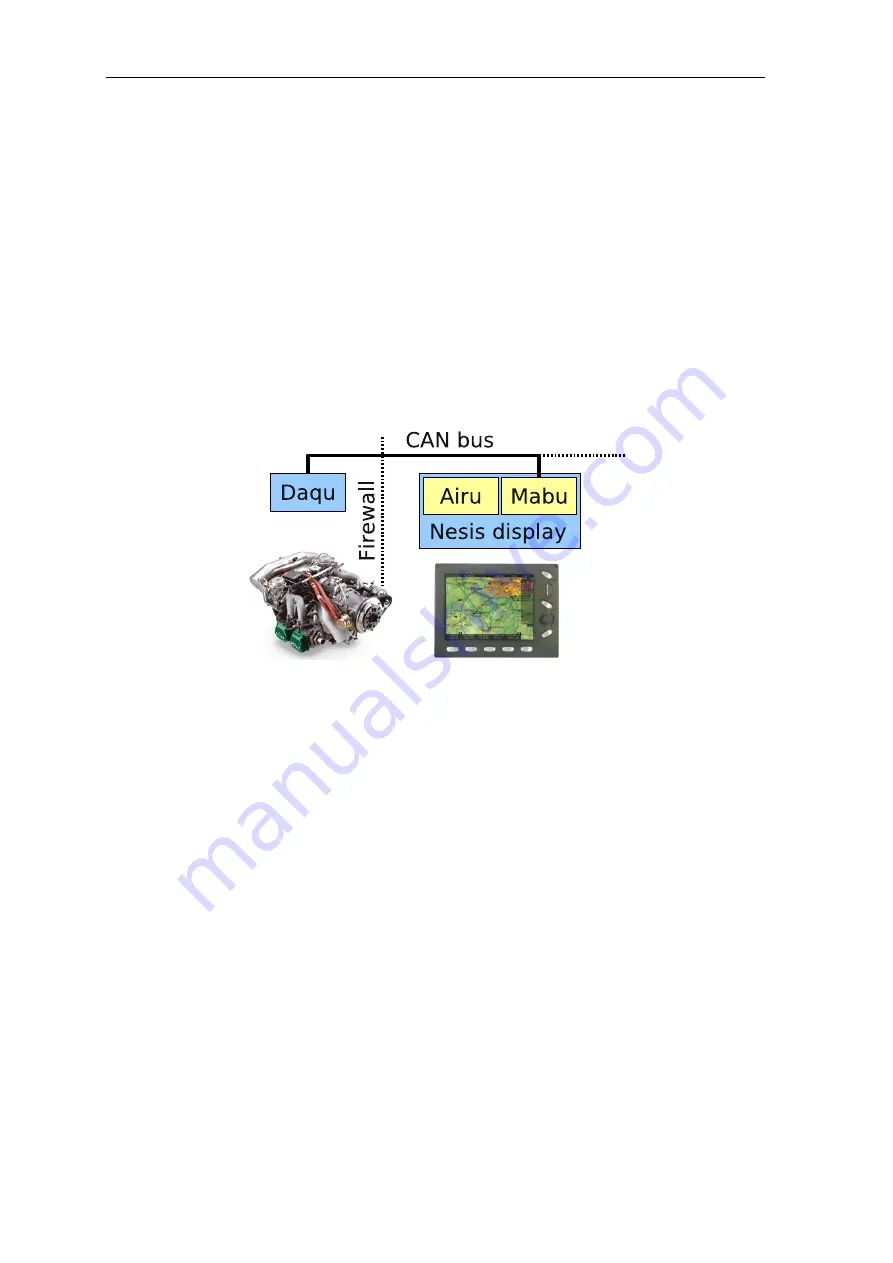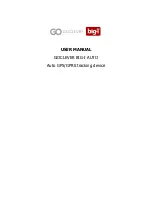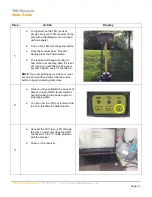
Nesis
— User’s Manual
1. Introduction
1
Introduction
First of all, we would like to thank you for purchasing our product. Nesis is a complex
instrument and we strongly recommend reading the manual before using Nesis. The intro-
duction chapter contains some general information about the instrument and principles of
the operation. Later chapters describe Nesis use and reveal the details.
You may be also interested in reading the Nesis Purchase Guide and Nesis Installation Manual
documents.
1.1
General Information About Nesis
Nesis consists of electronic units which work closely together to bring flight, engine and fuel
information onto graphical display. The system is presented on figure 1. The system consists
of the following electronic components:
Figure 1:
Illustration of minimal Nesis configuration.
Engine monitoring unit (Daqu) is used to connect the engine, fuel and electric sensors.
Airu is an inertial navigation unit (AHRS) aided by the GPS and pressure sensors.
Airu provides attitude, position and velocities. Airu is hidden inside the Primary Nesis
display.
Mabu unit is a hidden unit and serves as motherboard for the embedded computer, as
a data logger and as a CAN bus interface. Mabu is integral part of any Nesis display.
Primary Nesis display presents all relevant information that appears on the CAN bus
in a pilot friendly form on a large LCD screen. Most of this manual describes how to
access, read and interact with the Nesis display.
The Nesis system can be easily extended into a much more complex form, figure 2. We
achieved this by introducing CAN bus for the communication between the units. The CAN
bus does the magic of the all possible known and unknown future extensions. Imagine the
CAN bus as a kind of computer network. Just like new computers can be easily connected
to the network, we connect new devices to CAN. This allows introduction of secondary Nesis
display, autopilot, weather service, external warning panel lights, transponder. . .
Version 2.0
6
©
Kanardia
2011






































